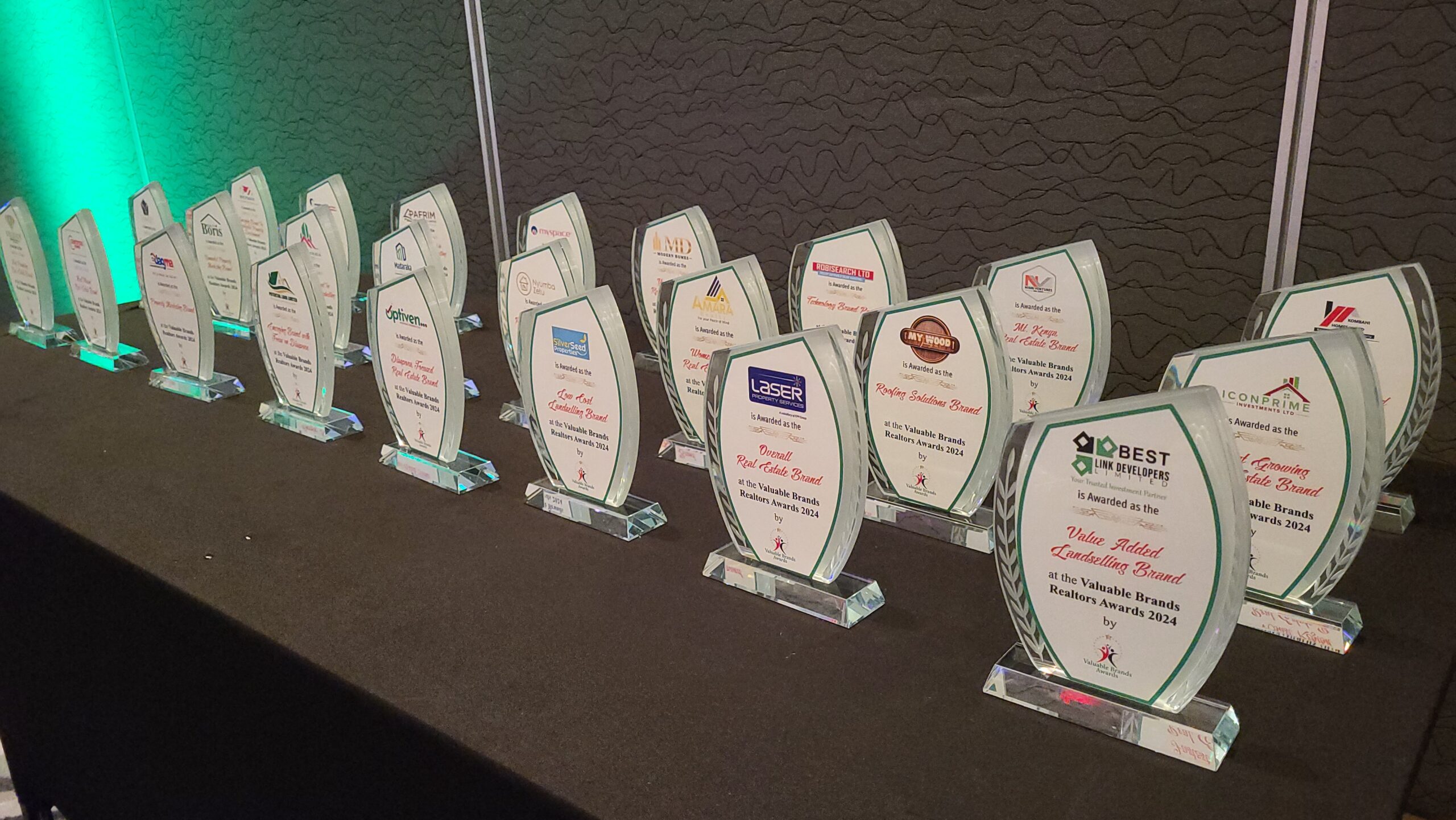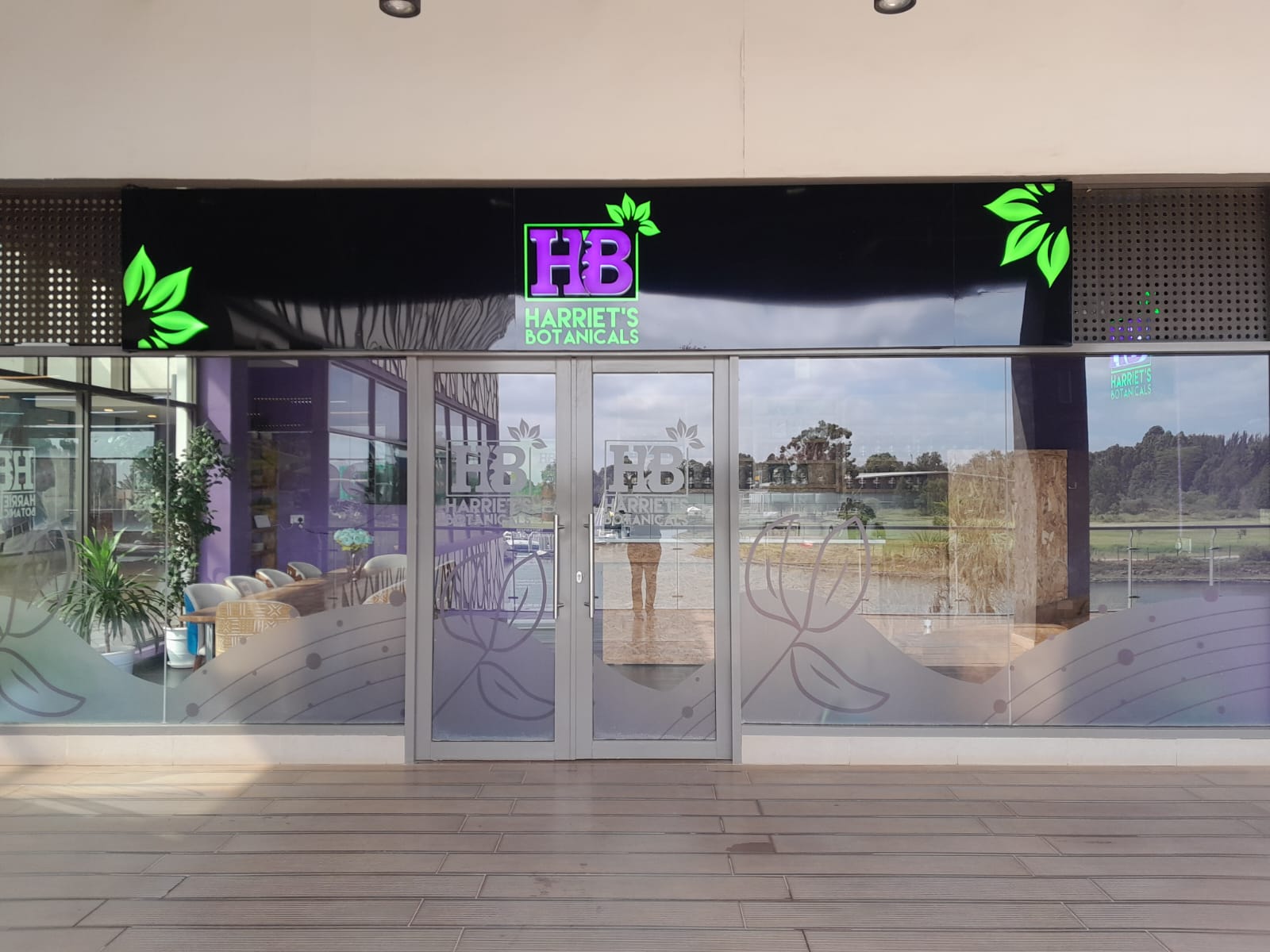Introduction
In Kenya’s rapidly evolving business landscape, signage is a critical tool for brand visibility and customer attraction. Whether you operate a retail outlet in Nairobi’s CBD, a restaurant in Mombasa, or an office in Kisumu, choosing the right type of signage can make or break your brand presence.
Today, businesses face a pivotal choice: should they invest in LED signage, known for its modern, dynamic capabilities, or stick with traditional signage, valued for simplicity and cost-effectiveness? This article explores the pros, cons, and suitability of both options, helping Kenyan businesses make informed decisions aligned with their budgets, goals, and target markets.
1. Understanding the Basics: What Are LED and Traditional Signage?
-
LED Signage:
These are signs that incorporate Light Emitting Diodes (LEDs) for illumination or as the primary display medium. They can be static (backlit letters) or dynamic (digital screens displaying changing content).
-
Traditional Signage:
Typically includes printed banners, painted or vinyl-cut letters, neon signs, and illuminated box signs using fluorescent or incandescent bulbs.
2. Key Differences Between LED and Traditional Signage
| Feature |
LED Signage |
Traditional Signage |
| Visibility |
Bright, vivid, visible day & night |
Visible, but less dynamic |
| Flexibility |
Content can be updated remotely |
Fixed content |
| Energy Efficiency |
Generally more energy-efficient |
Varies; neon can be energy-heavy |
| Maintenance |
Requires technical upkeep |
Often simpler, but bulbs may fail |
| Cost |
Higher initial cost |
Lower upfront cost |
| Durability |
Weather-resistant, long-lasting |
Varies by material |
| Audience Engagement |
Can display animations, videos |
Static visuals only |
3. Advantages of LED Signage for Kenyan Businesses
a) Enhanced Visibility and Attraction
LED signage is bright and eye-catching, even in strong daylight or nighttime. For businesses located along busy roads like Mombasa Road or Limuru Road, the enhanced visibility can boost foot traffic significantly.
b) Dynamic Content Updates
Using software, businesses can instantly update messages, promotions, or greetings without incurring printing costs or installation downtime. This is especially beneficial for retail chains or event spaces.
c) Energy Efficiency and Longevity
Modern LEDs consume less power than traditional lighting like neon or fluorescent tubes, leading to lower electricity bills—a big plus given Kenya’s energy costs.
d) Innovative Marketing Opportunities
LED digital signage can integrate with social media feeds, QR codes, and even interactive elements, appealing to younger, tech-savvy demographics in urban centers.
4. Advantages of Traditional Signage in the Kenyan Context
a) Cost-Effectiveness
For startups and SMEs with limited budgets, traditional signage offers a more affordable entry point without the need for complex tech or infrastructure.
b) Simplicity and Reliability
Traditional signs are straightforward—no software or digital skills required. This makes maintenance simpler, particularly in areas with limited technical support.
c) Cultural and Aesthetic Fit
Many Kenyan businesses favor the timeless look of painted or neon signs, which can evoke nostalgia and local character, particularly in informal trading hubs and local markets.
d) Quick Deployment
Traditional signage can often be produced and installed faster, helping businesses respond swiftly to immediate branding needs.
5. Challenges of Each Signage Type
LED Signage Challenges:
-
Higher upfront costs, including hardware and installation.
-
Need for skilled technicians for installation and repairs.
-
Power fluctuations in some Kenyan regions can affect performance without proper surge protection.
-
Initial learning curve for content management systems.
Traditional Signage Challenges:
-
Limited ability to update content frequently without reprinting.
-
Visibility issues under poor lighting or harsh weather.
-
Shorter lifespan of illumination components.
-
May appear outdated compared to digital competitors.
6. When to Choose LED vs Traditional Signage?
| Business Type |
Recommended Signage |
Why? |
| Large Retail Chains |
LED |
Dynamic promotions, brand innovation |
| Restaurants and Cafés |
LED or Traditional |
LED for urban areas; traditional for local charm |
| Small Businesses/Startups |
Traditional |
Budget-friendly, quick setup |
| Corporate Offices |
LED |
Professional image, illuminated logos |
| Event & Exhibition Spaces |
LED |
Flexibility to update content frequently |
| Local Markets/Informal Trade |
Traditional |
Simple, cost-effective, culturally resonant |
7. Environmental Impact and Sustainability
LED signage typically consumes less energy, produces less heat, and has a longer lifespan, aligning with Kenya’s growing emphasis on sustainability and cost-saving energy practices. Traditional neon or incandescent lights, while nostalgic, often use more electricity and require more frequent replacements.
8. Maintenance Considerations
-
LED Signs: Require regular software updates, electrical checks, and occasional component replacements. Finding reliable local technical support is crucial.
-
Traditional Signs: Require cleaning, bulb replacements, and weatherproofing checks.
9. Real-Life Examples from Kenya
-
Kenya Airways’ LED digital displays in Nairobi’s airports show real-time information with sharp clarity.
-
Local shops in Nairobi’s CBD often use traditional painted or vinyl signs for brand identity with a nostalgic feel.
-
Modern malls like Two Rivers rely heavily on LED digital signage to guide and attract shoppers.
10. Conclusion
Both LED and traditional signage have their place in Kenya’s diverse business environment. The right choice depends on your budget, brand personality, audience, and marketing goals. LED signage offers innovation, flexibility, and long-term savings, making it ideal for dynamic businesses. Traditional signage remains reliable, cost-effective, and culturally fitting, especially for SMEs and local traders.
By carefully assessing your business needs, you can select signage that maximizes visibility, reinforces your brand, and connects authentically with your audience.



